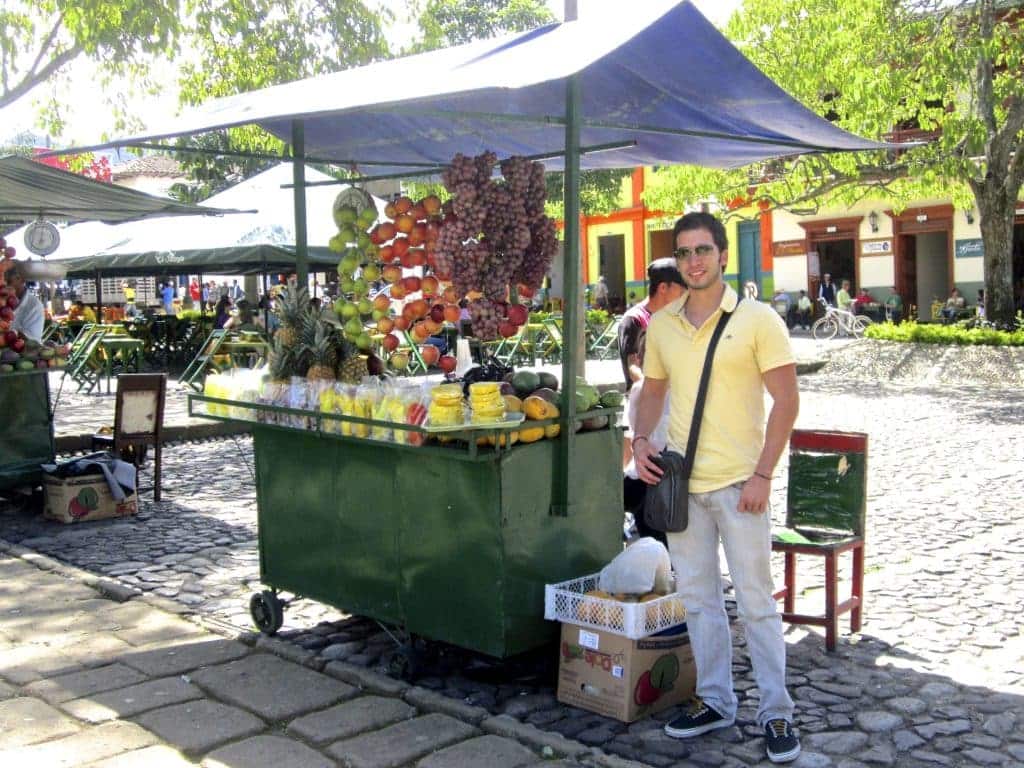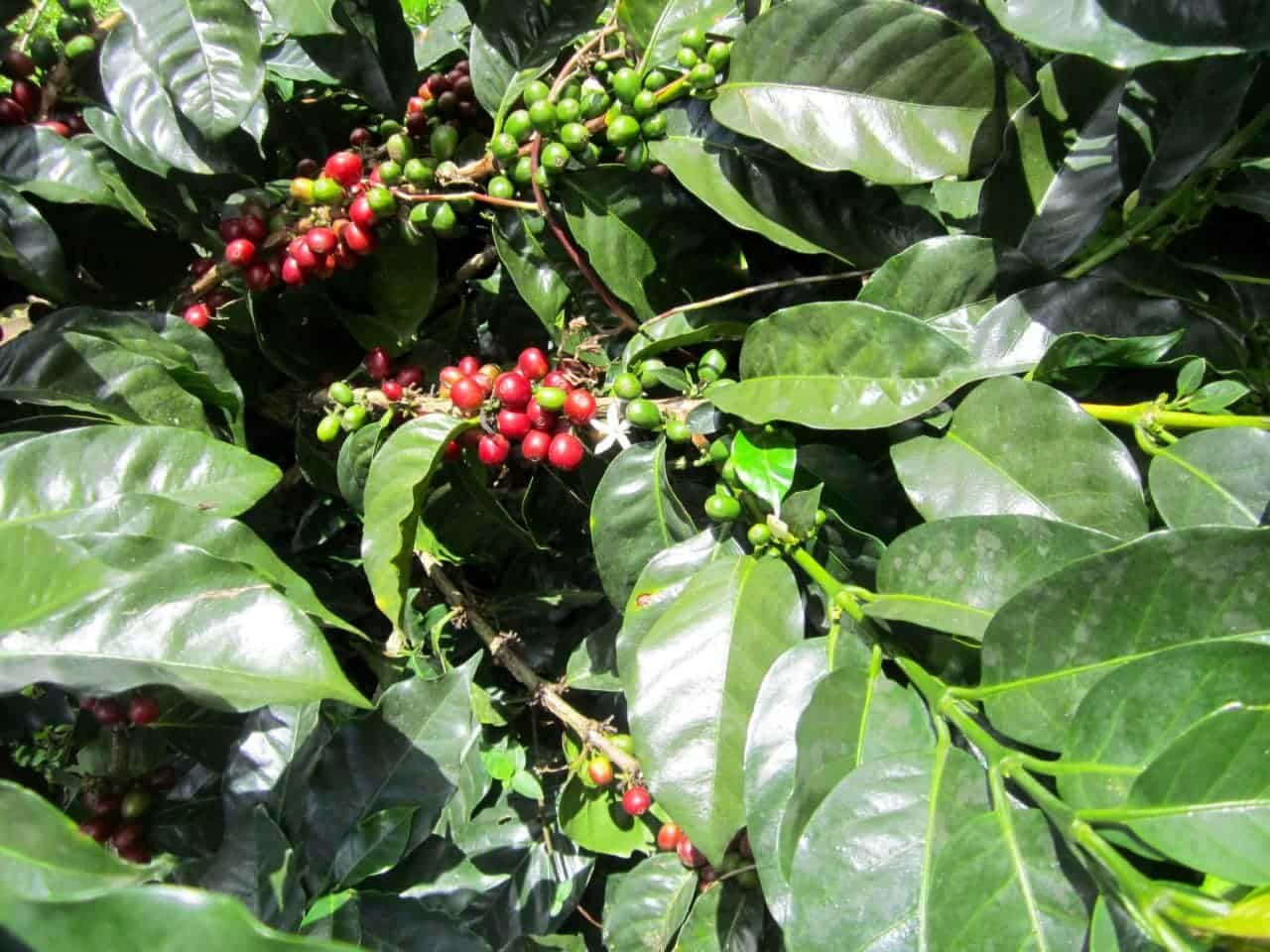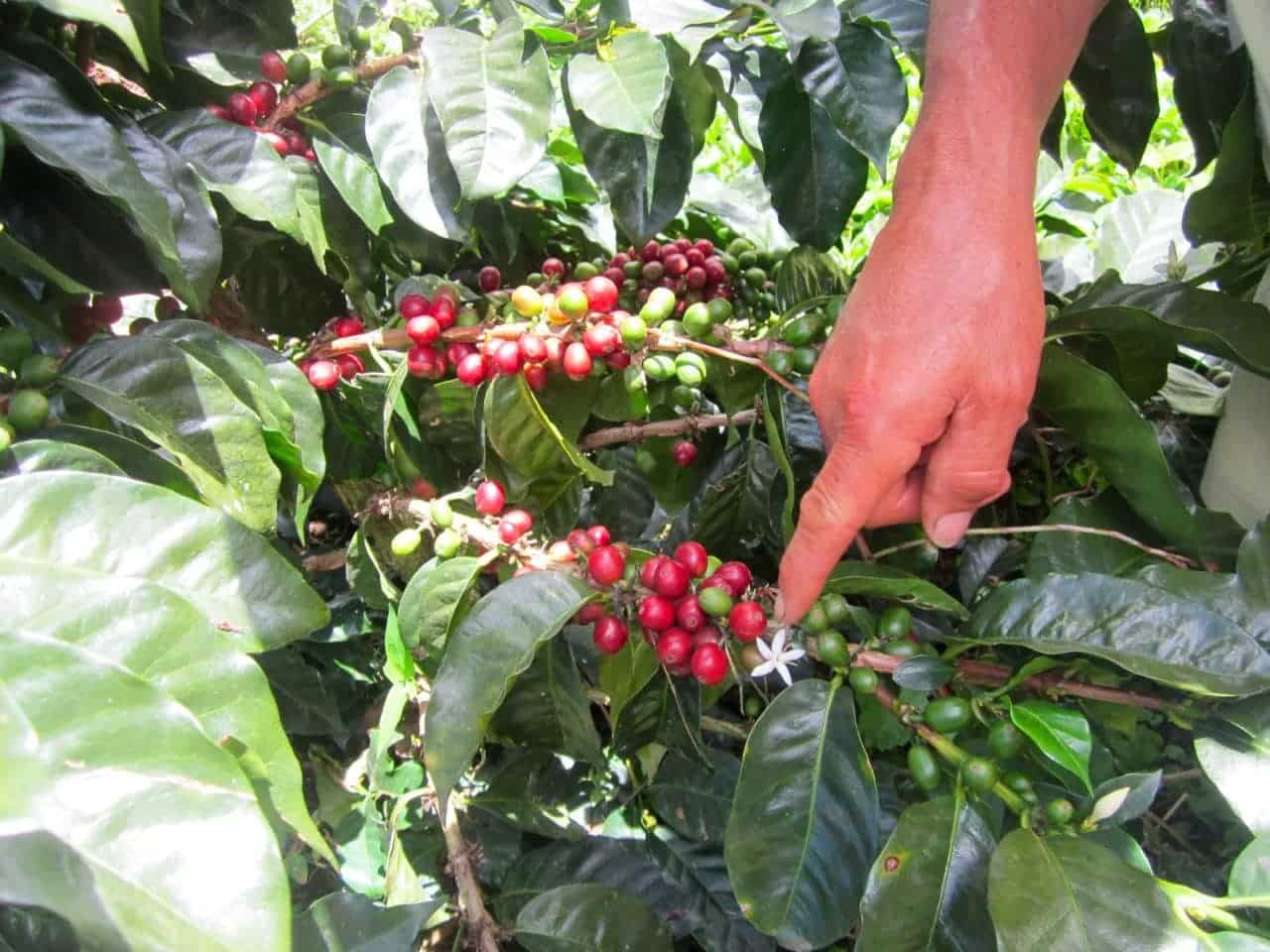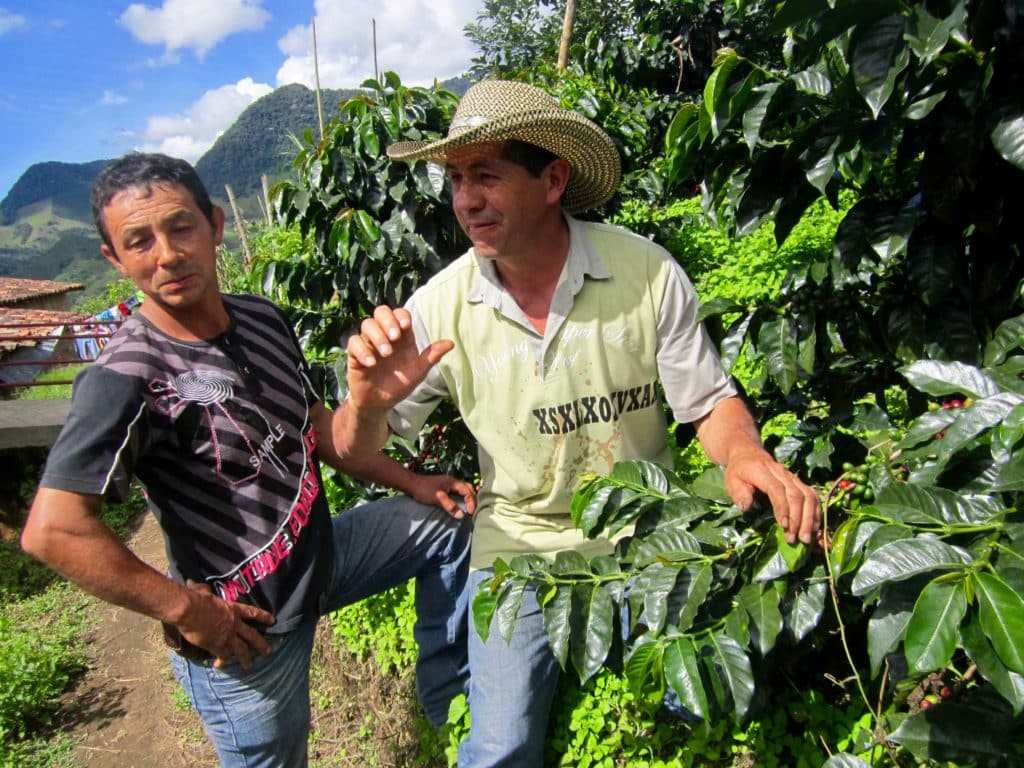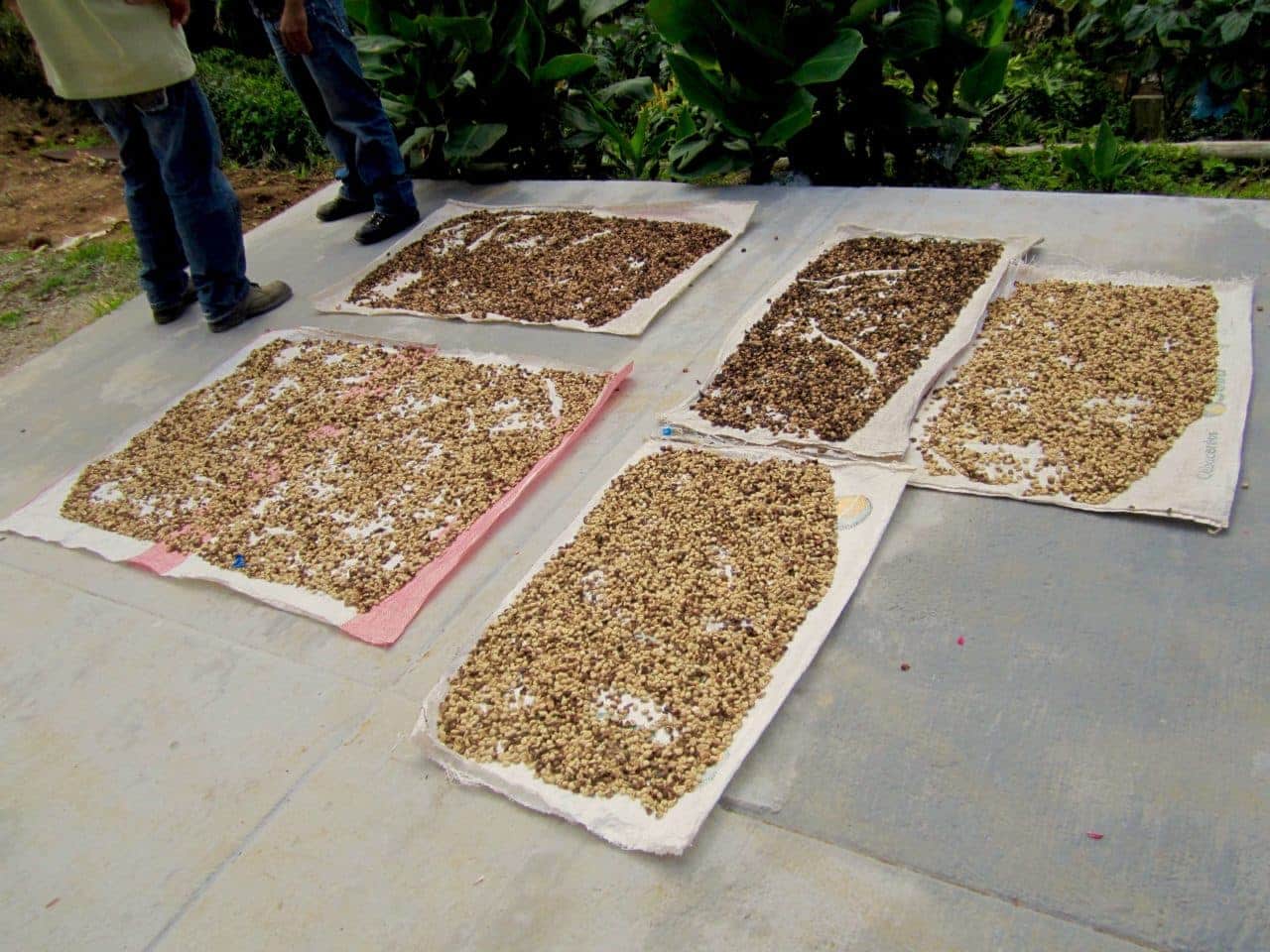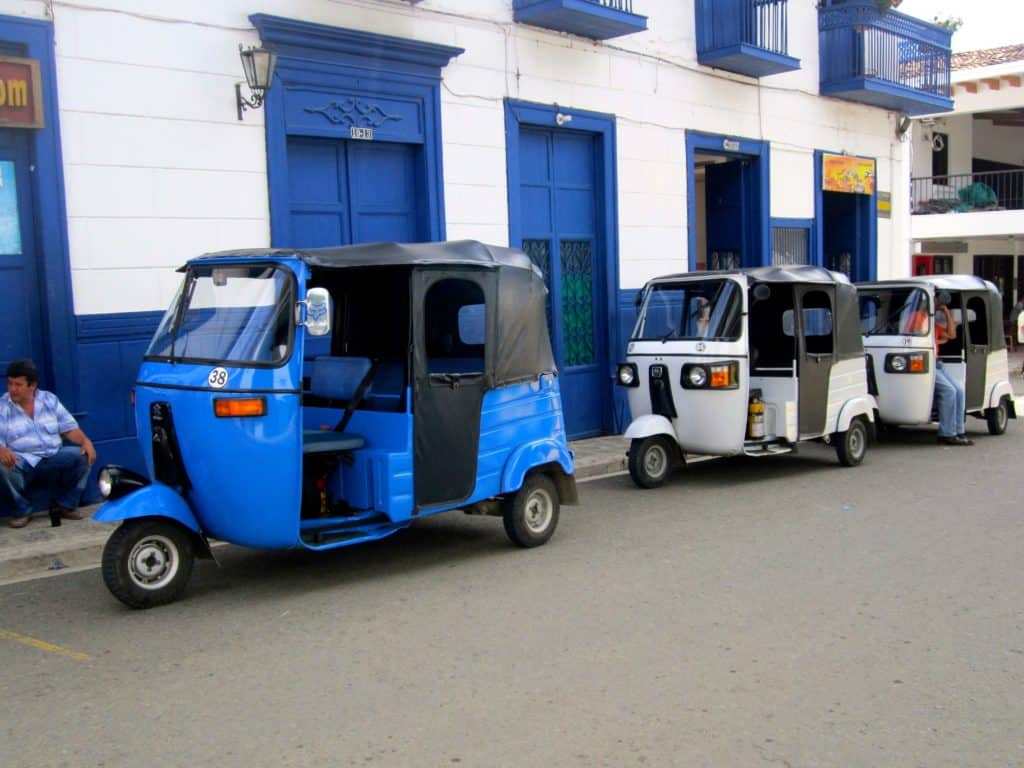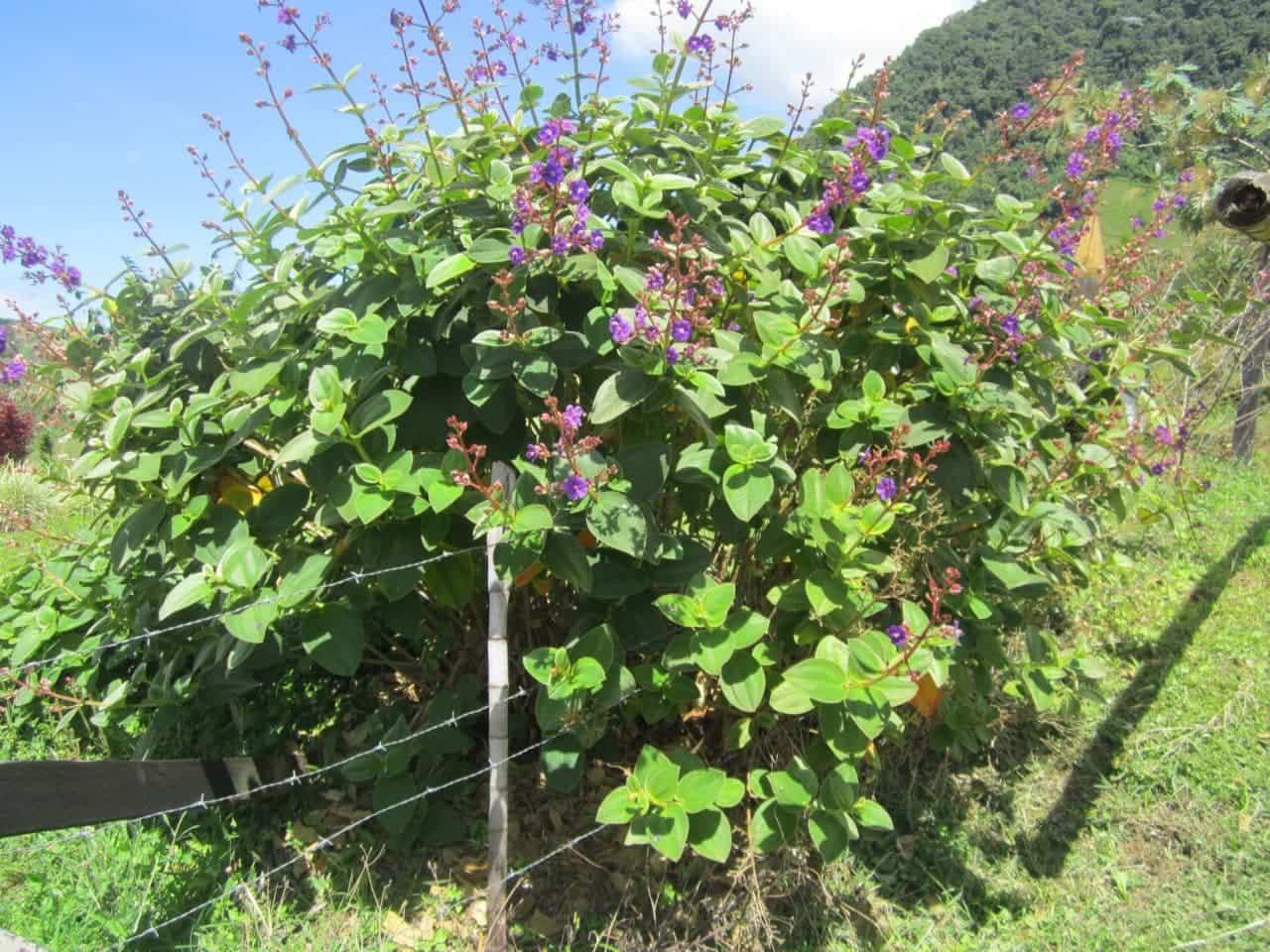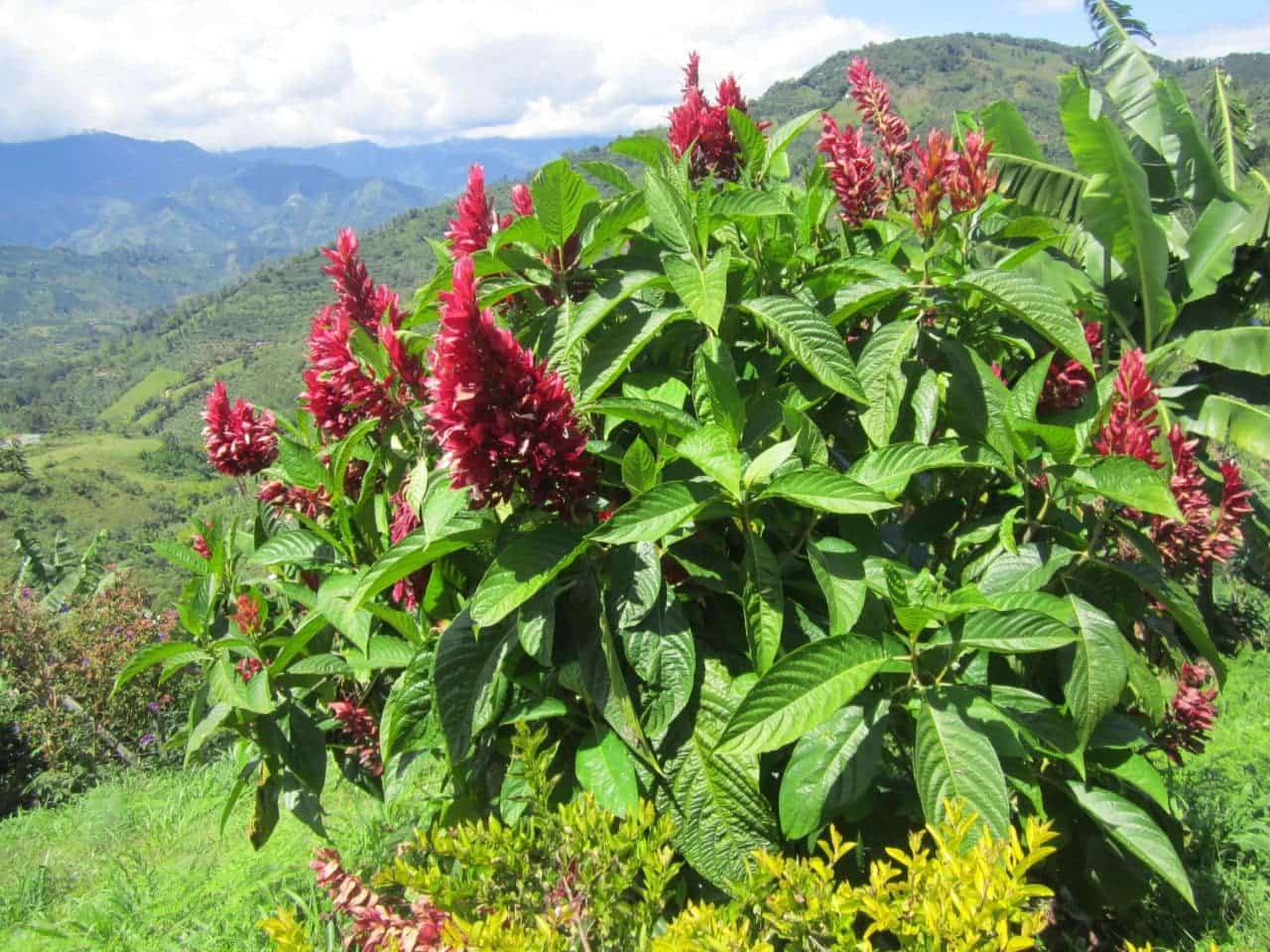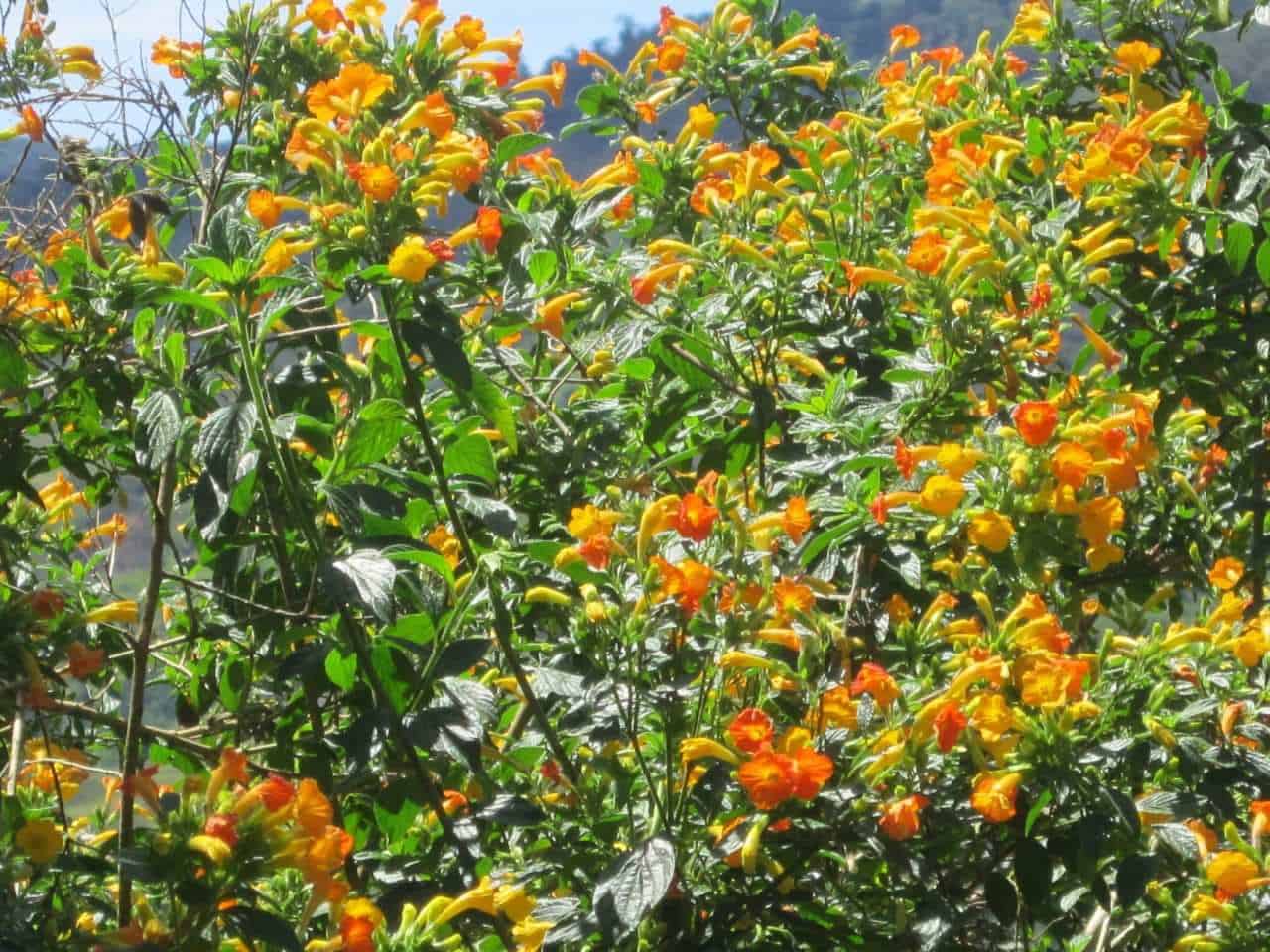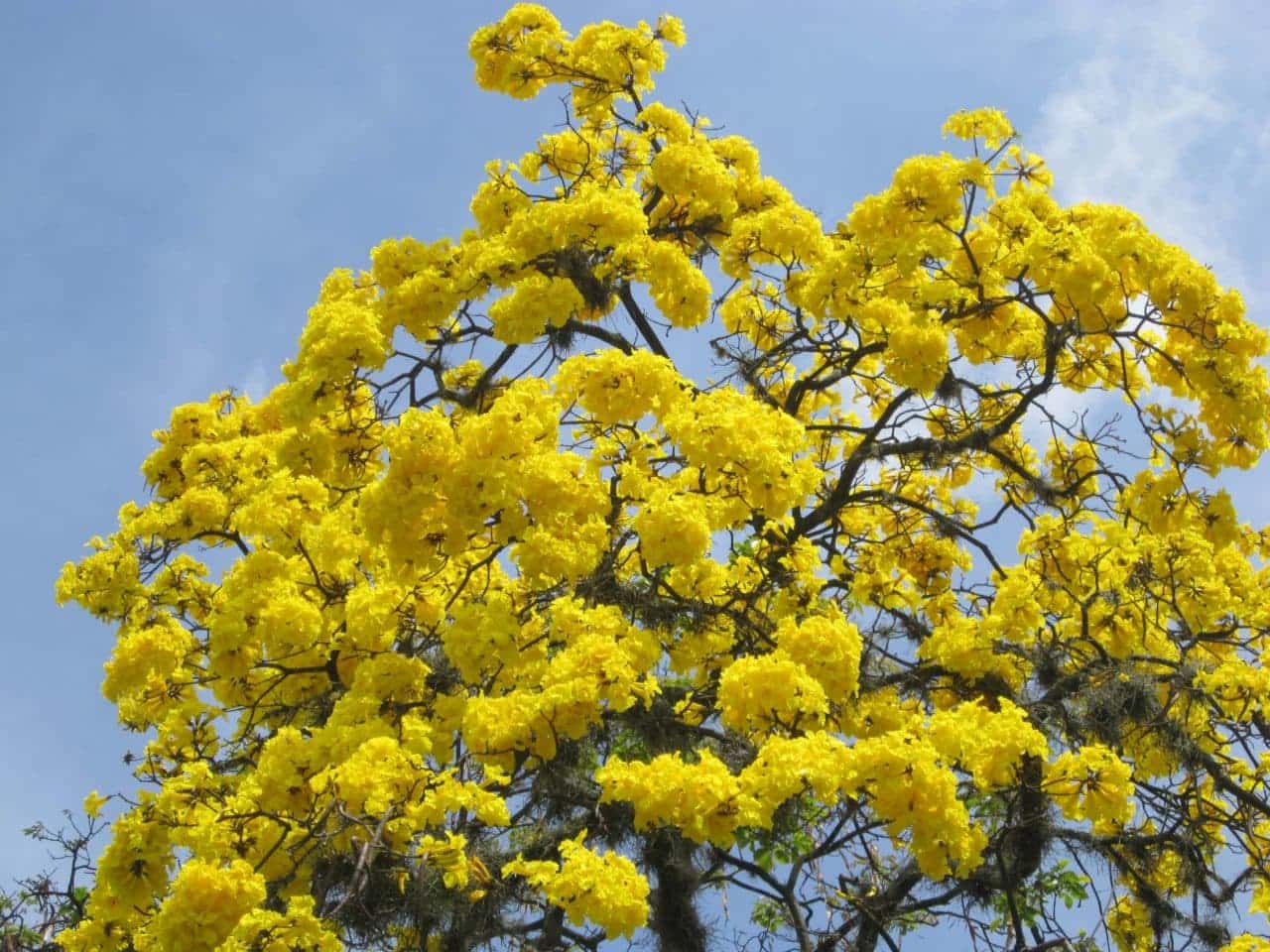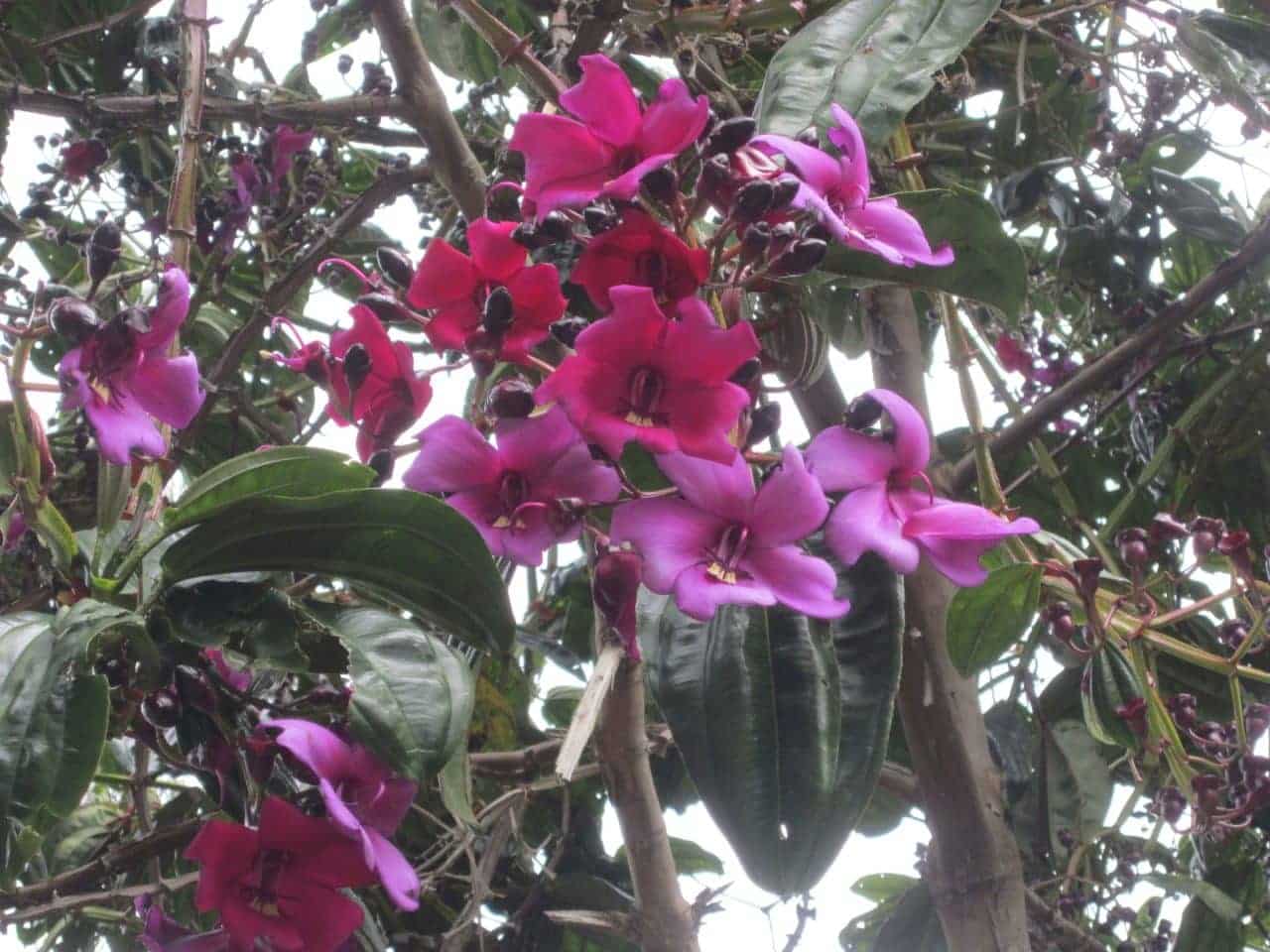MY FRIEND, LUCAS
While I was a student at Centro Interactivo de Espanol, I stayed with a family in Envigado (suburb of Medellin). Lucas, who was the Commercial Director of the School, was responsible for my cultural immersion, and together we did some interesting side trips that gave me a better understanding of these wonderful people and their culture
While traveling by car to various destinations, we were able to have long conversations. I feel fortunate to have had these discussions with a local Paisa, (the name for a person who comes from this part of Colombia). Even better, Lucas lived in Canada for a few years and spoke perfect English! Neither of us was battling to communicate with single words and gestures.
One thing about Lucas: he is an excellent driver but drives at breakneck speed, so the conversations were interesting — but the driving was a white-knuckle experience.
A TRIP TO A FINCA (FARM) IN JARDIN
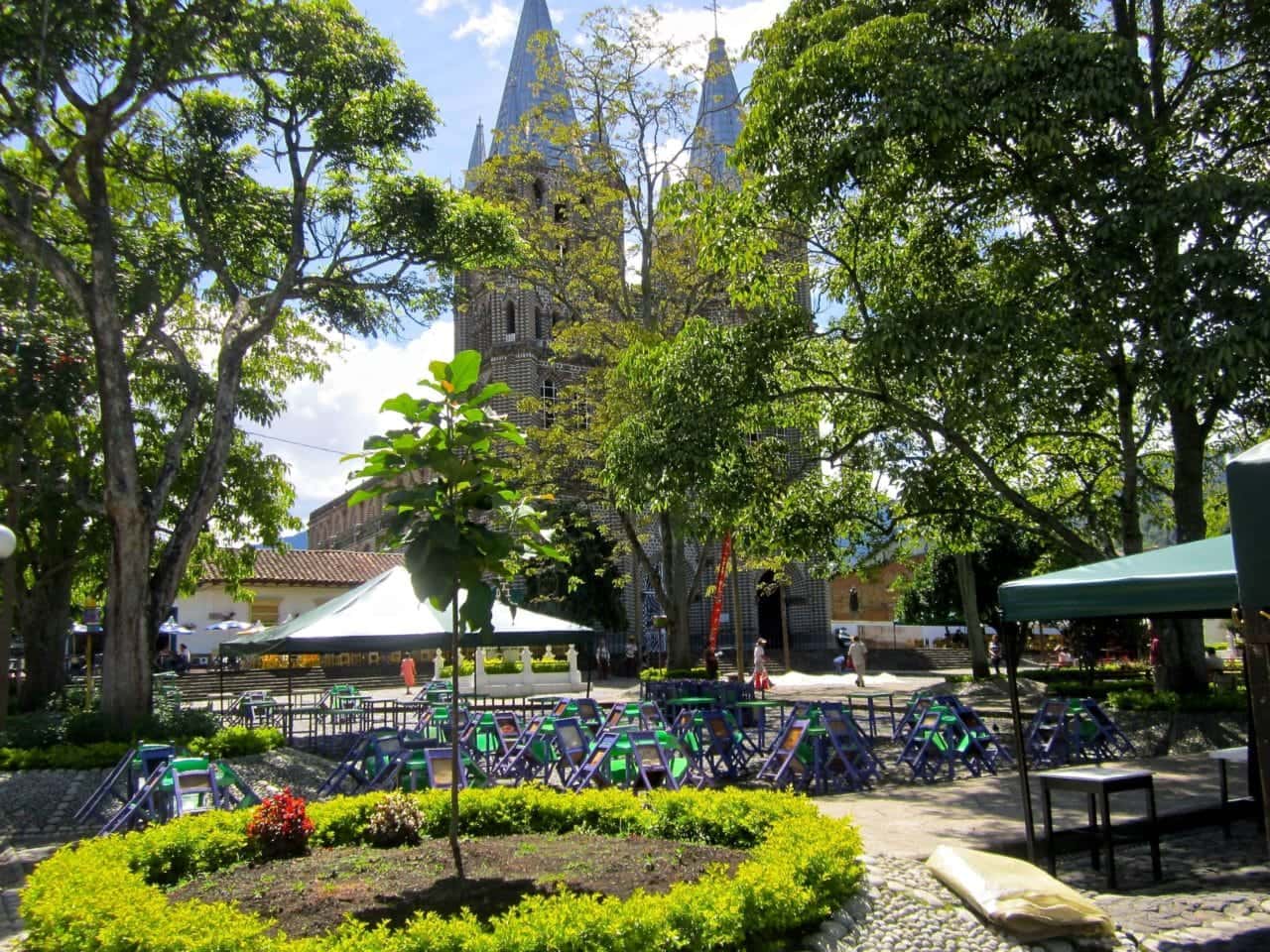
One of the cultural trips was a visit to an authentic, small coffee farm town, to a “finca” (farm) on the outskirts of Jardin. This old Colonial village is four hours from Medellin. Driving at “Lucas speed”, we reached it in two hours with a couple of brief stops for photo opps.

Most of the houses are two stories, freshly painted in bright shiny colors, a Colombian version of trompe l’œil embellishments decorating the doors and windows. Colorful flower baskets with trailing plants hang from the balconies.
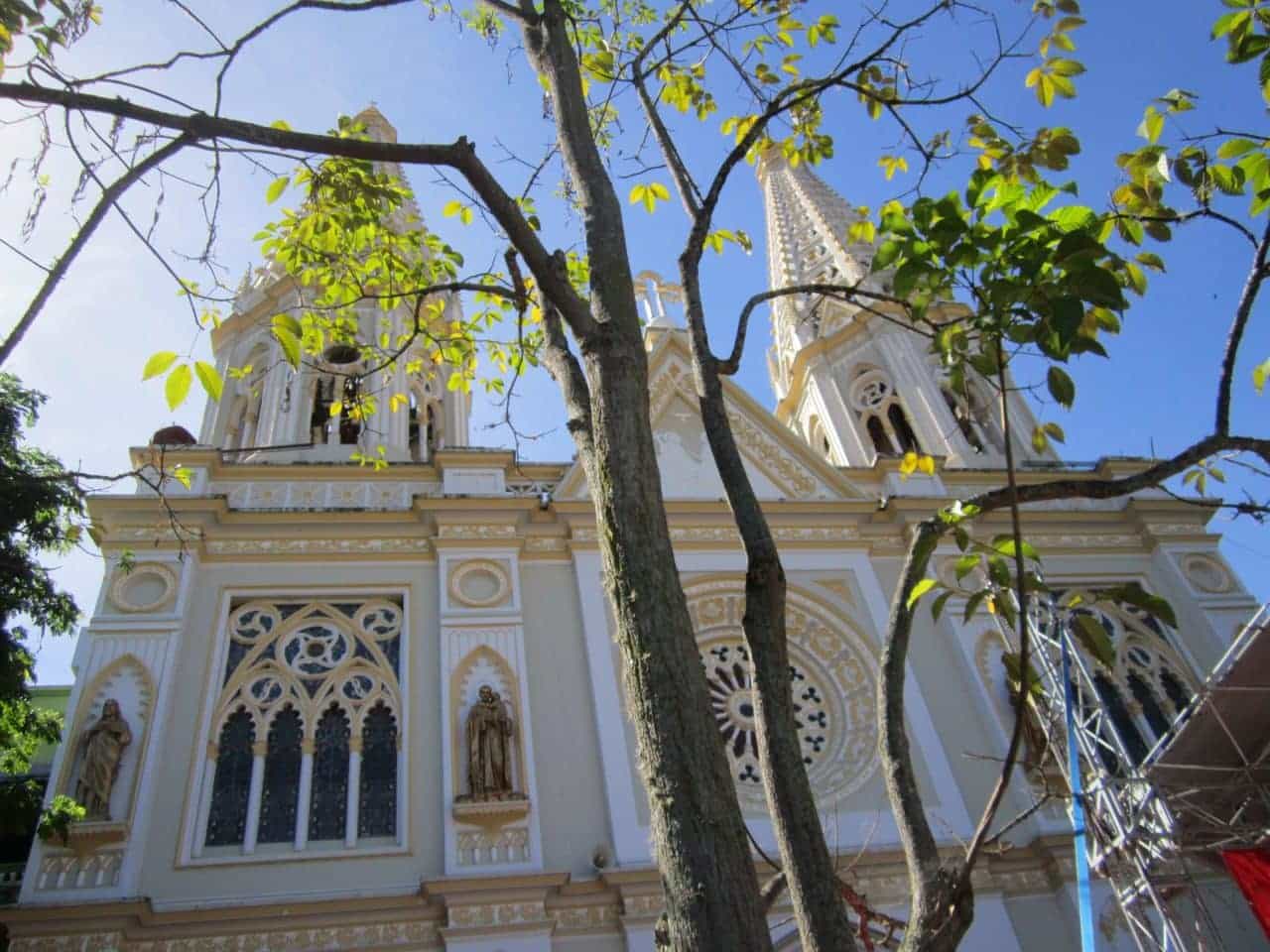
Surrounding the square, are hotels and coffee shops or little “Mom and Pop” stores. Brightly painted tables and chairs line the sidewalks and are available on the square for outdoor eating and drinking.
There is a prominent bandstand and recorded music with a heavy Latin beat blaring through overhead loudspeakers when there was no live band. Later in the day, the square was alive with food carts and people milling around.
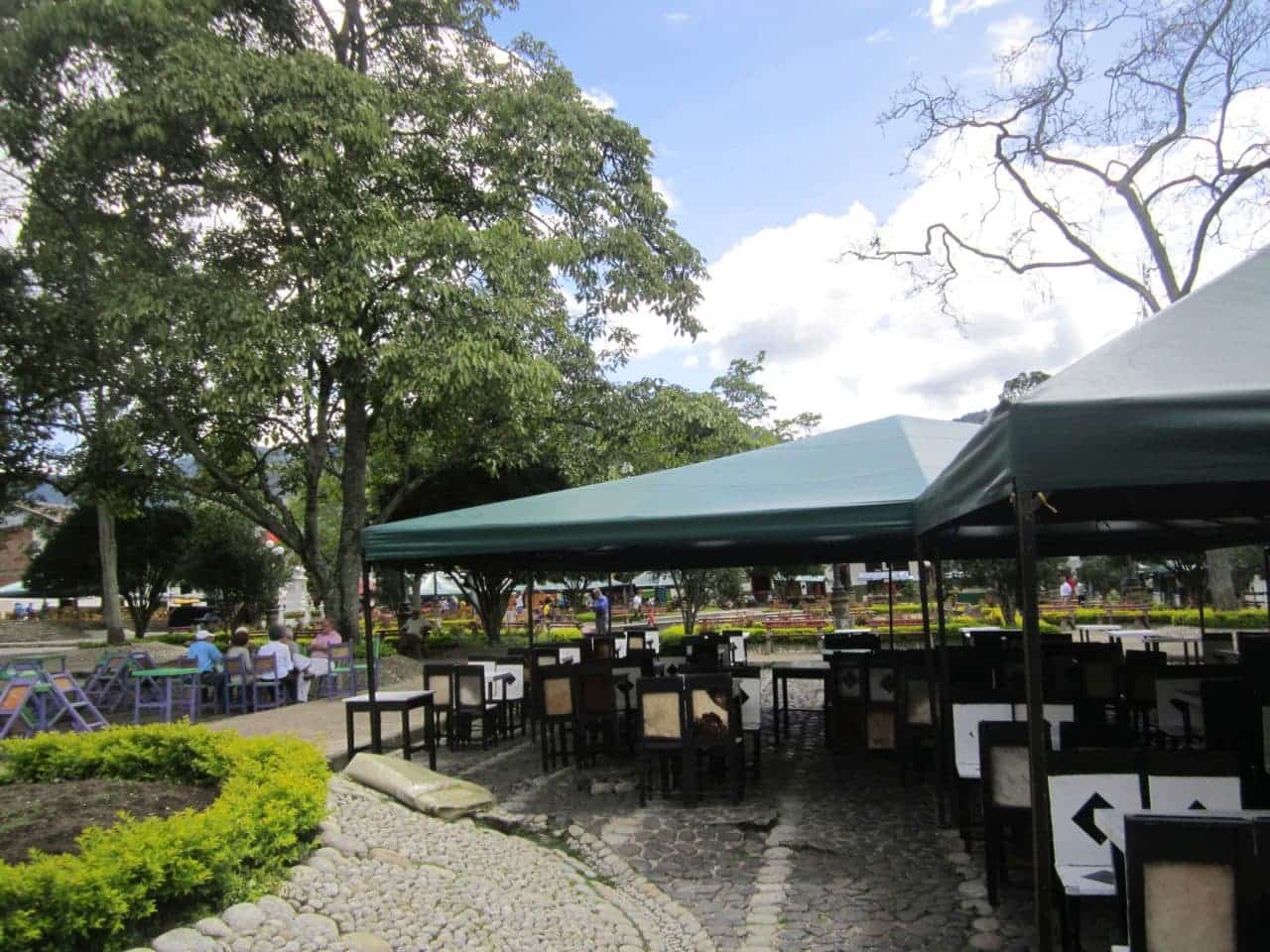
THE FINCA
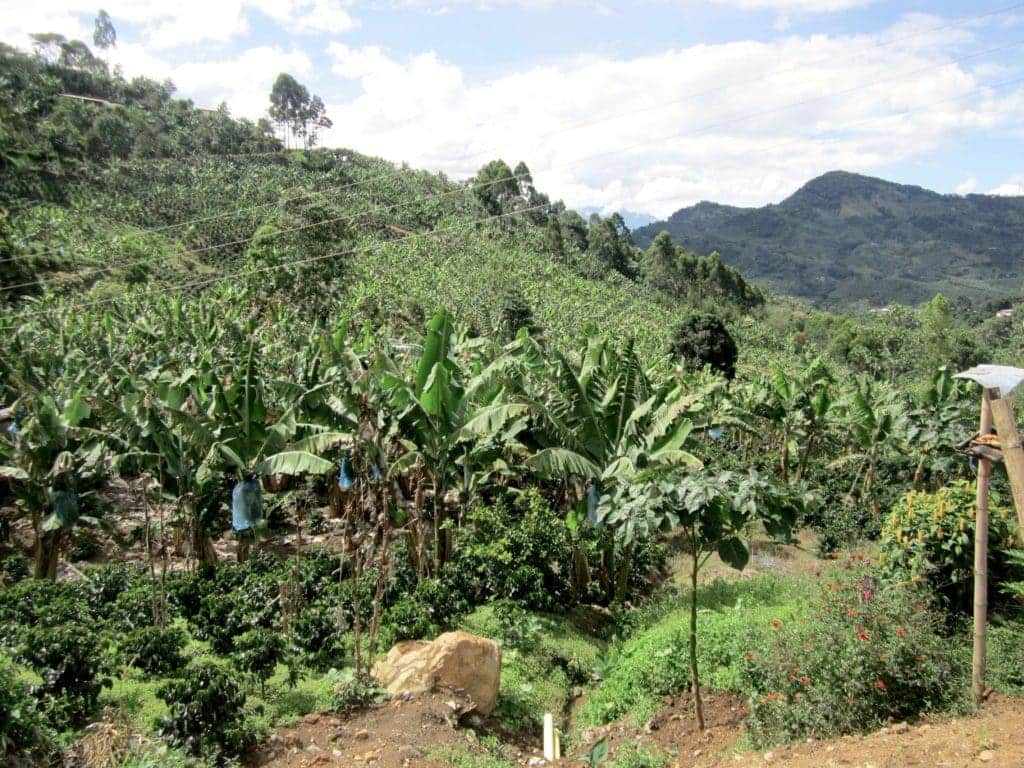
The Coffee Farm proved to be an enlightening experience. I had no idea how many stages are involved in the process from planting the coffee bean to ordering my addictive cappuccino at home.

The scenery in this area is bucolic, rolling green velvety hills, covered with coffee plants, and some sugar cane, pineapples, avocado trees, banana and plantain palms.
Why the mixed agriculture? Land is very valuable, and the price of coffee has plummeted since the good days. Back then, Colombia had a monopoly on coffee before a number of other countries took away their market share with cheaper, lower quality coffee. Once It sold at s high as $19.00/kilo. Today, the price goes as low as $0.65/kilo, very much on the low side now.
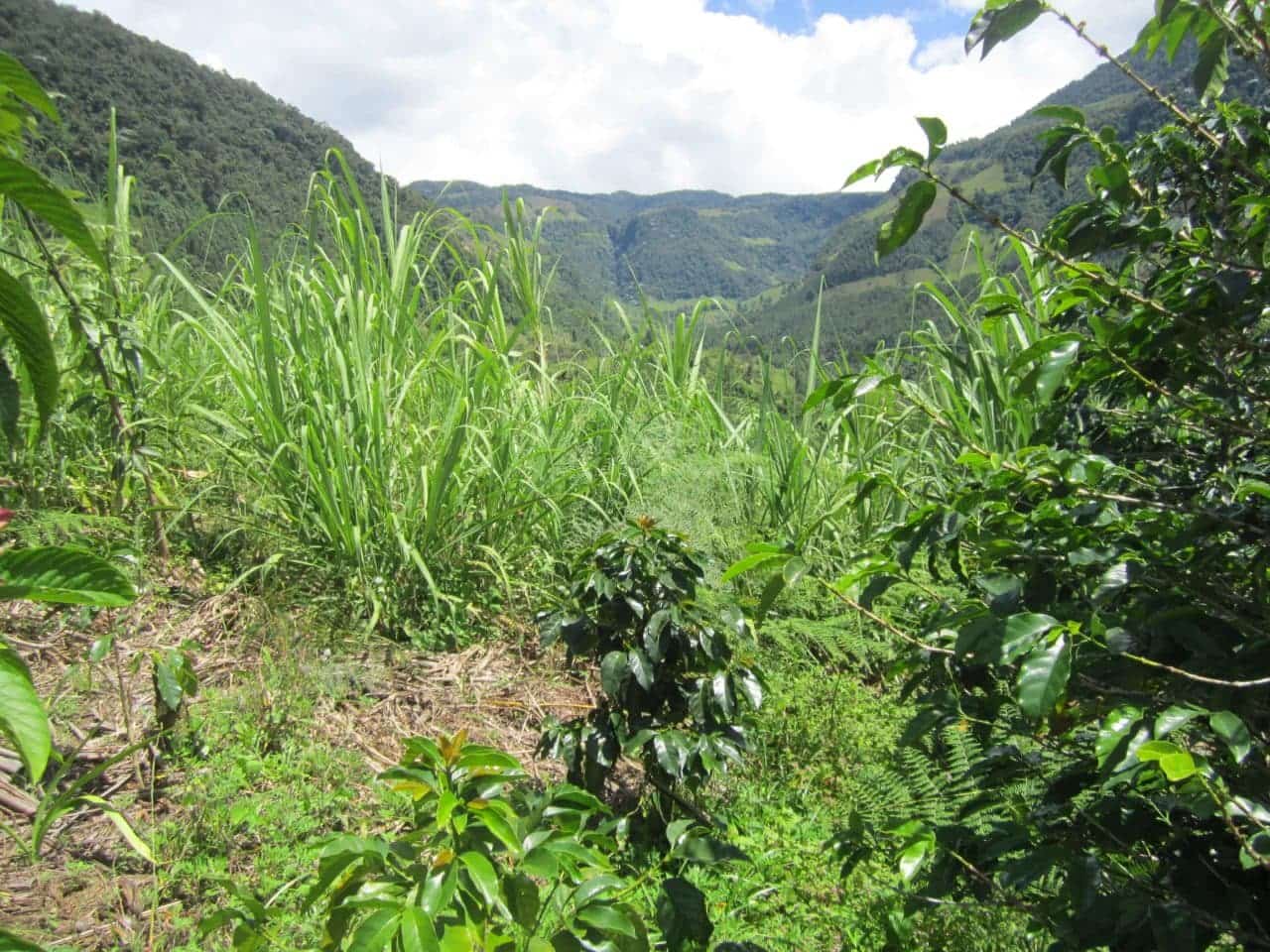
Mixing the other crops in with the coffee gives a higher yield on the land. It also creates a continuous cash flow, as many of these farmers are struggling to survive.
The Government assists them, of course. In the case of this farm, a Government Agency supplied an architectural drawing for the building where the coffee is processed and helped in buying the machinery.
The favorable climate and altitude (6,000 feet above sea level) plus volcanic ash in the soil creates a unique terroir well suited for coffee. This encourages the plants to continually grow and bear fruit, allowing for about three harvests a year. One of the photos below shows green and red berries and a flower proving this point, all three stages present at the same time.
THE FARM
The Farmer was very proud to point out that Nestle of Switzerland had sent a representative to hand pick the best coffee in Colombia and had, of course, came here. He traveled throughout the country, testing the quality of the beans along the way. This farm was one of those selected for its high quality and consistency.
A coffee taster must have a very developed palate and can be compared to a wine taster in having a perfect “the nose” in perfume testing.
Meeting their expectations is demanding — in order to maintain this quality, the farmer must be exceptionally careful in sorting the beans. They need to be fully ripe and sweet. Any green or over-mature beans can affect the taste and contaminate the final product.
THE COUNTRYSIDE

Returning to Envigado in white-knuckle Lucas style, we passed through active little market towns, with not a tourist in sight. Some of the buses were loaded with enormous bags of coffee or fertilizer on their roof racks, plus huge branches of bananas, on their way to market. These are “wooden box buses,” colorfully handpainted and very distinctive in appearance known. They are fully “air conditioned” in that they do not have glass on the windows — so natural air conditioning. I am not a great photographer and never have my camera ready for the wonderful photo opportunities but managed to capture just a couple of these.

American Jeeps from the 1950’s are everywhere in this part of the countryside. They have been reconditioned and painted dozenes of times by now, and are essential workhorses, loaded with enormous bags of coffee — and several people hanging on as they go from town to town over the bumpy roads.
Another form of transport is what seemed to be motorcycle taxis, similar to the Tuk-Tuks of San Francisco. It is a shell built around a motorcycle that can transport two or three people inexpensively.
Coming back to the modern City of Medellin, with its noise and stop and start traffic, was a sharp contrast to the slower tempo of the coffee region.
THE GROWING SEASON
Here are just a few of the flowers that were growing in and around Jardin:
Colombia is a spectacularly beautiful country and the springtime climate that persists twelve months a year in this region creates spring flowers throughout the year.No sooner have the flowers finished flowering, then they re-enter the flowering cycle again without ever going into dormancy. Truly, the area around “Jardin” lives up to its name — year round!


